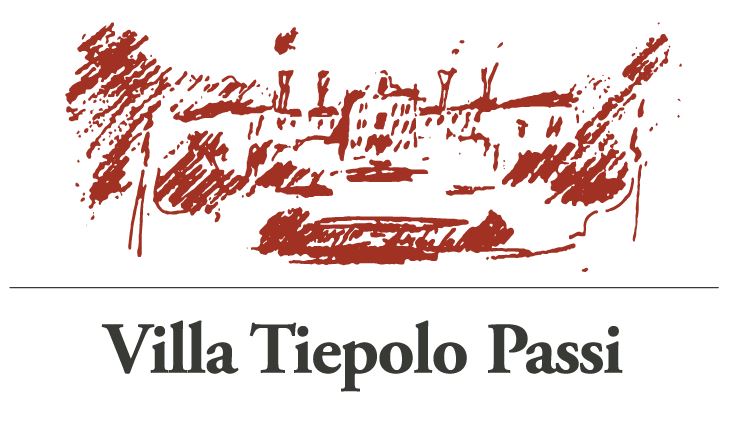


History
Venice, the mainland and the epic history of the Ville Venete
VENICE ON THE MAINLAND
It all began between 1300 and 1400: Venice became one of the three great capitals of Europe, a megalopolis of its day, and after having disdained the mainland for centuries,...
It all began between 1300 and 1400: Venice became one of the three great capitals of Europe, a megalopolis of its day, and after having disdained the mainland for centuries, began to acquire swathes of territory to guarantee greater food supplies and stronger military control around the lagoons. Between the end of the 15th and the beginning of the 16th centurues, the geopolitical panorama changed rapidly: the discover of America shifted the main routes of commerce to the Atlantic, the Ottomans were pressing to capture some of Venice's important Mediterranean strongholds, and the Serenissima's expansionist ambitions clashed with the interests of princes and monarchs faithful to the empire. The League and the War of Cambrai (1506-1509) imperiled the Veneto Republic which, far from the Atlantic coasts adn "dominated" by European States, considered the mainland an important new reinforcement of its influece on the international stage. In fact, it initiated the first great agrarian revolution in history, reclaiming land, introducing innovative technologies and products, developing the territory's natural assets and building thousands of Villas to foster a new form of economy: Holy Agriculture, as it was called by the promoter of the grand mainland development plan, Alvise Cornaro.
VILLA TIEPOLO PASSI
Villa Tiepolo Passi's history dates back to the beginning of the 16th century, when the powerful Tiepolo family acquired land on the mainland and occupied the site of the Casteo...
Villa Tiepolo Passi's history dates back to the beginning of the 16th century, when the powerful Tiepolo family acquired land on the mainland and occupied the site of the Casteo of Carbonera, an ancient Paleo-Venetian hill fort. As was often the case of such hill forts - simple landfills about three meters above the level of the surrounding countryside -, this one is oriented according to the solstices and equinoxes, and thus served as a sundial. In the Roman era it became a castrum, or a military garrison, strategic in that it was equidistant from th Sile River, the city of Treviso and the Via Claudia Augusta road. When the Tiepolo arrived, they maintained the place's characteristics and built the Villa, starting with storehouses, granaries and stalls; then, in the 17th century, Ermolao Tiepolo commissioned the main house and the "barchessa" outbuildings, early mannerist Venetian Baroque structures in keeping with the style and stylistic elements of Vincenzo Scamozzi, a student of Palladio. Over the centuries, the house was embellished by famous artists: the Torretti sculptors, Giuseppe Bernardi and his nephew Ferrari, who had the young Canova as an apprentice in their workshop; Pietro Antonio Cerva, known as Il Bolognese, a Baroque painter who frescoed the entire "noble" first floor of the main house and the barchesse between 1674 and 1675; Giovanbattista Canal, who frescoed the family chapel according to the canons of the Tiepolo school of painters (1775); and Francesco Frigimelica il Vecchio, whose painting can be admired in the Villa's Portego. In the Napoleonic era, the Villa was inherited by the noble Venetian family, and shortly thereafter was passed by families ties to the Passi de Presposulo Counts, and old Bergamo family, which still resides there. During the Great War, the Villa became a surgical hospital run by the Italian Red Cross. King Vittorio Emanuele and generals Diaz and Cadorna stayed there.
Today the Villa is the hub of an agricultural estate, and a destination for cultural tourism and exclusive events.

Stay in a Villa Veneta
An authentic experience
amid history and nature
A vacation in a historic Villa Veneta, surrounded by a wonderful old private park: an experience that immerses visitors in art and beauty. The rooms of the Foresteria guest lodgings are imbued with old-fashioned atmosphere, an elegant, simple, comfortable hospitality.

Guided Visits
An extraordinary history
made up of true stories
A visit that will inspire you with the beauty of these places and the history they hold: over four centuries of life in the midst of love and war, artists and travelers, saints and libertines.







